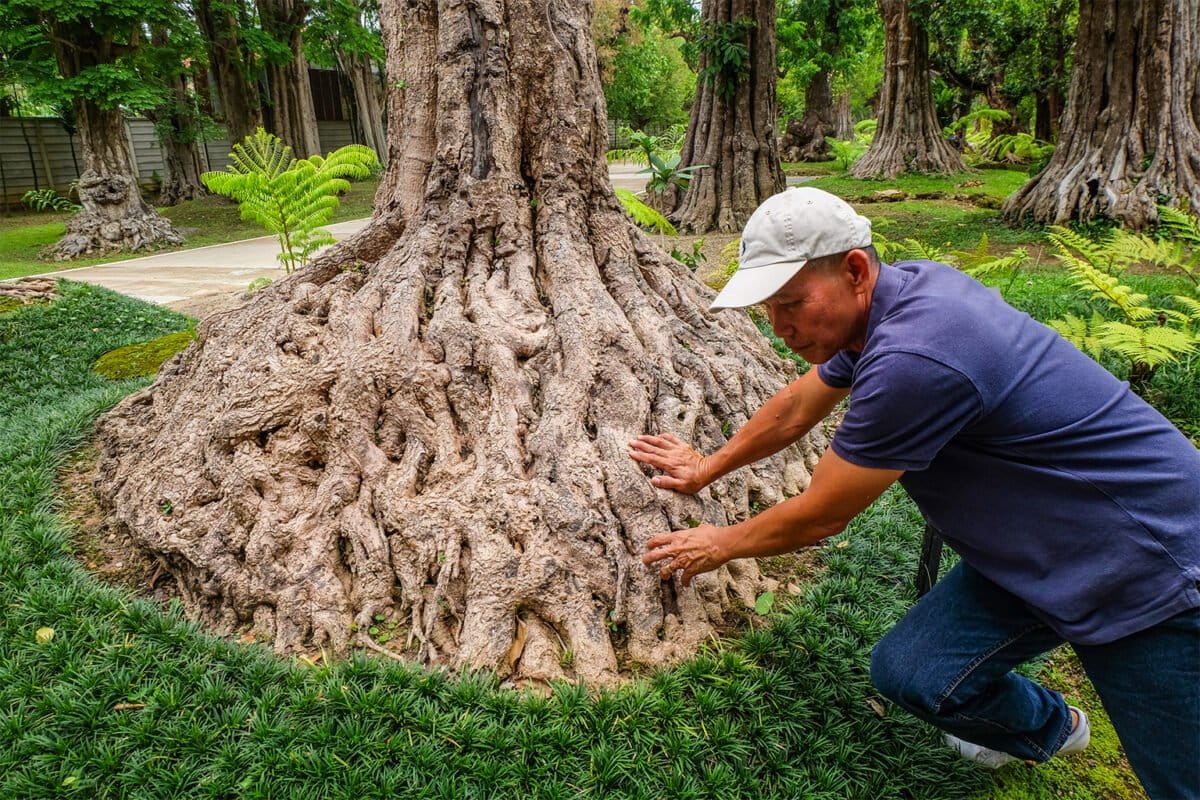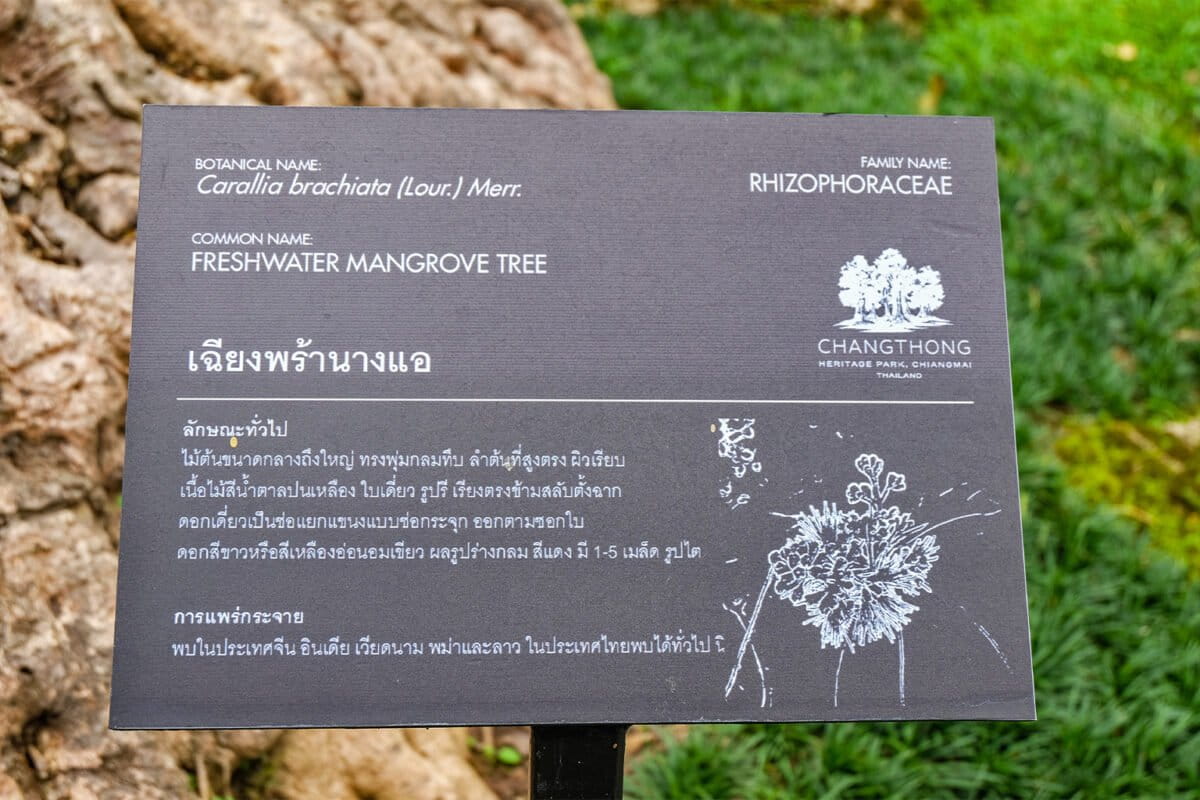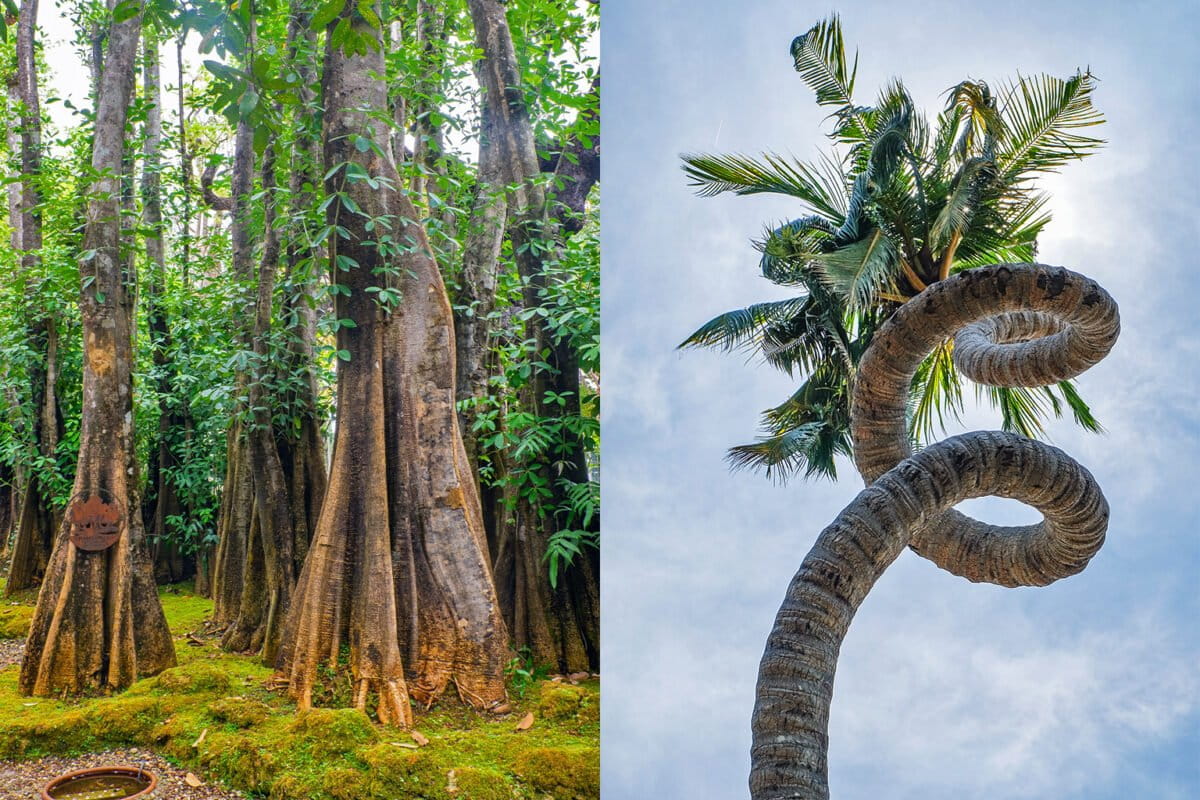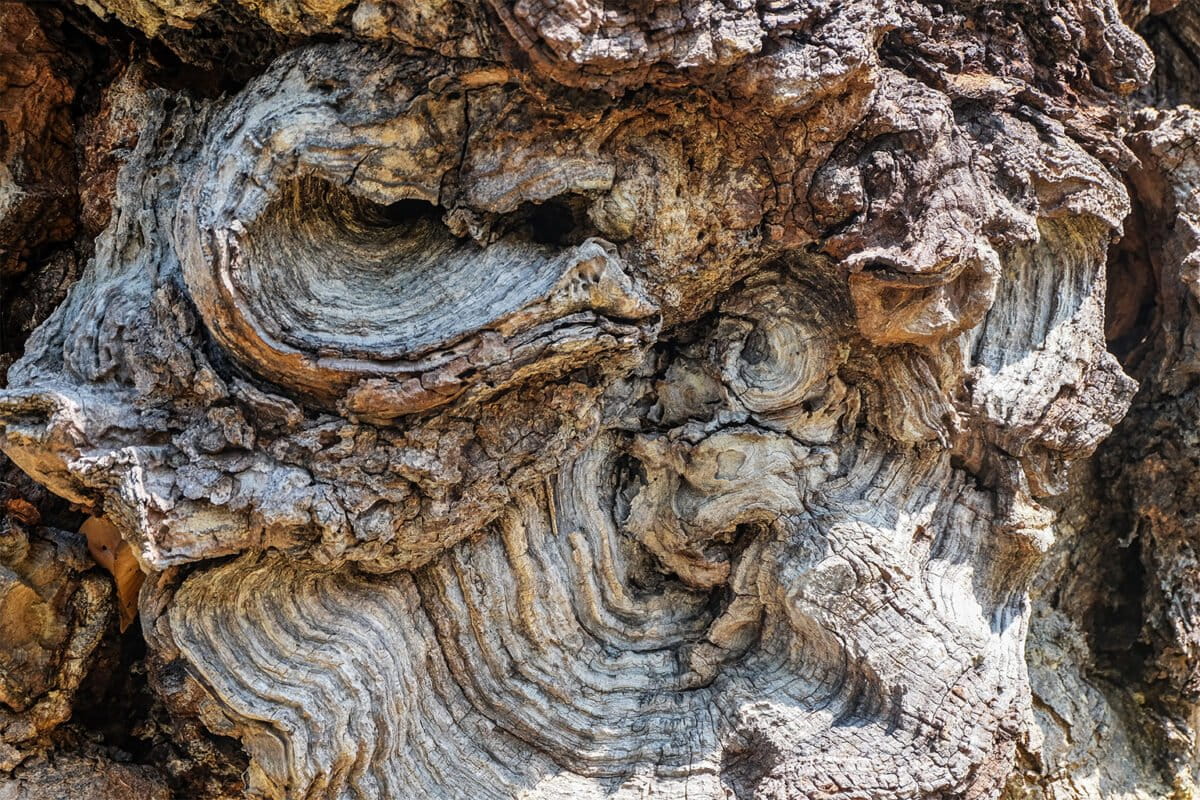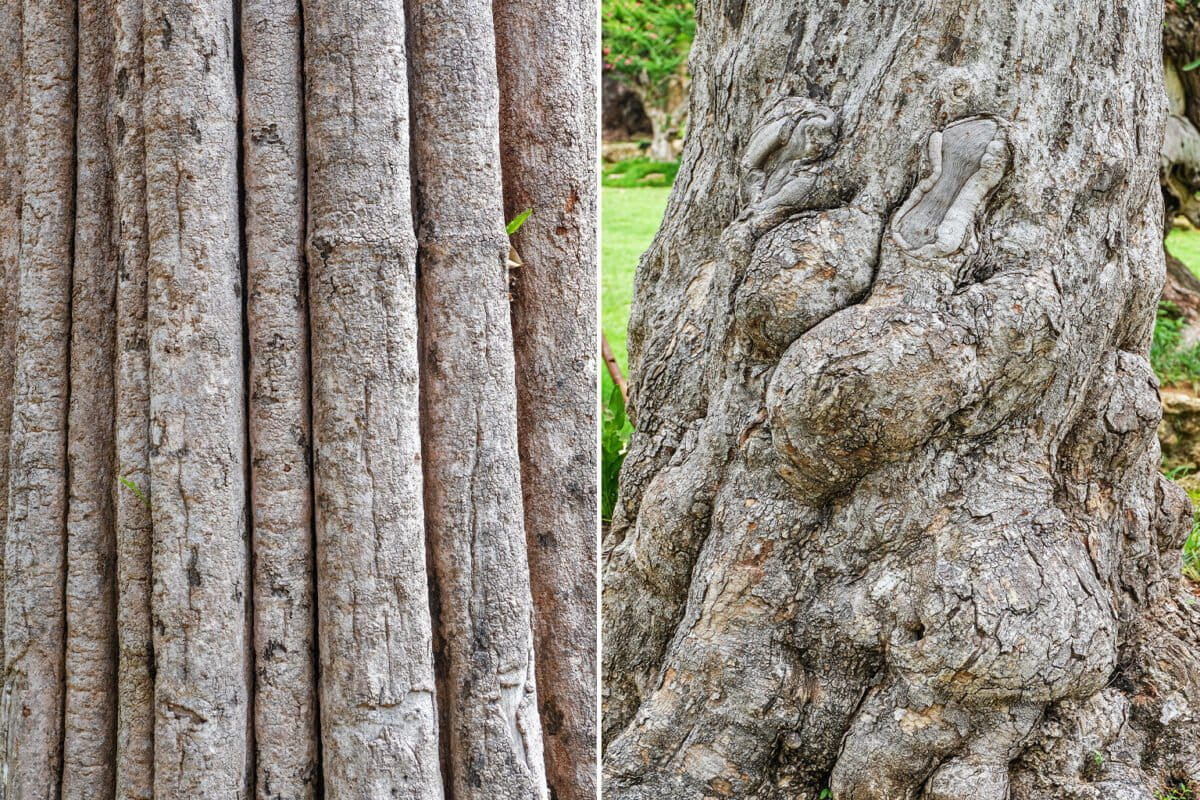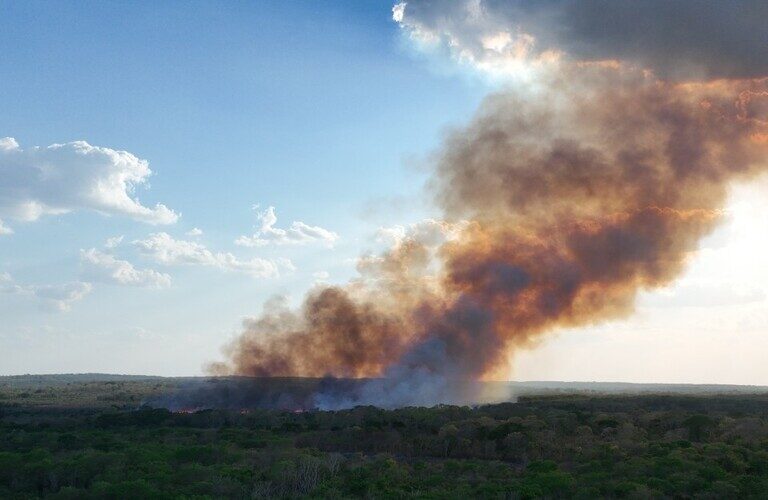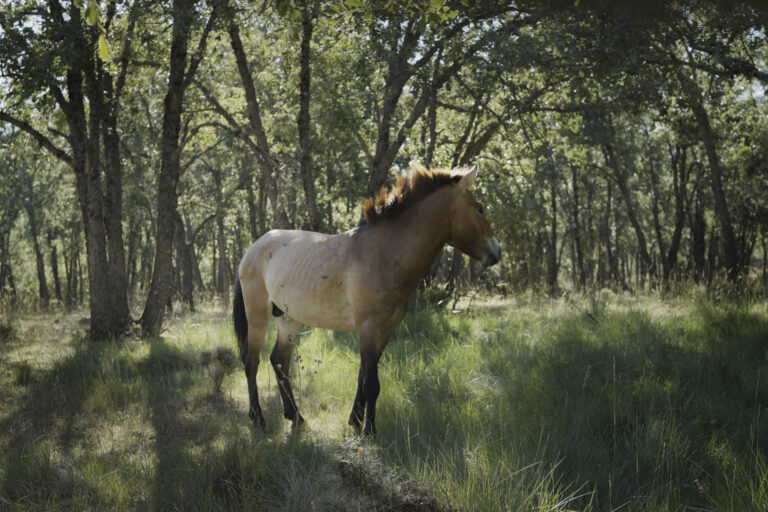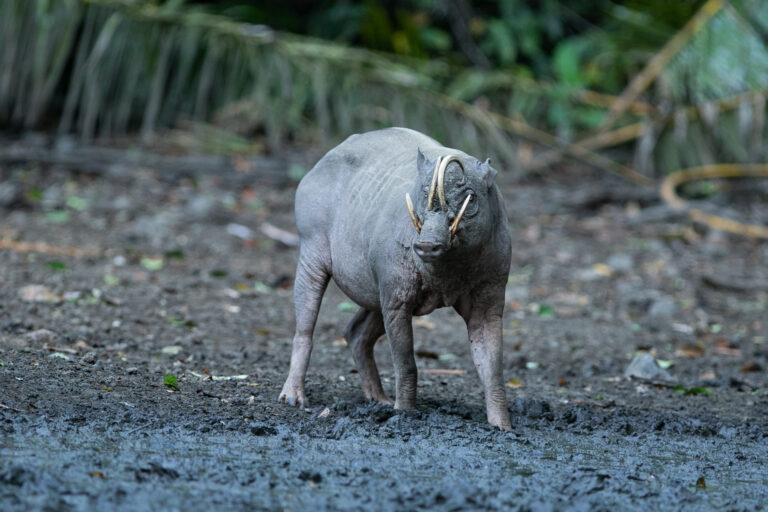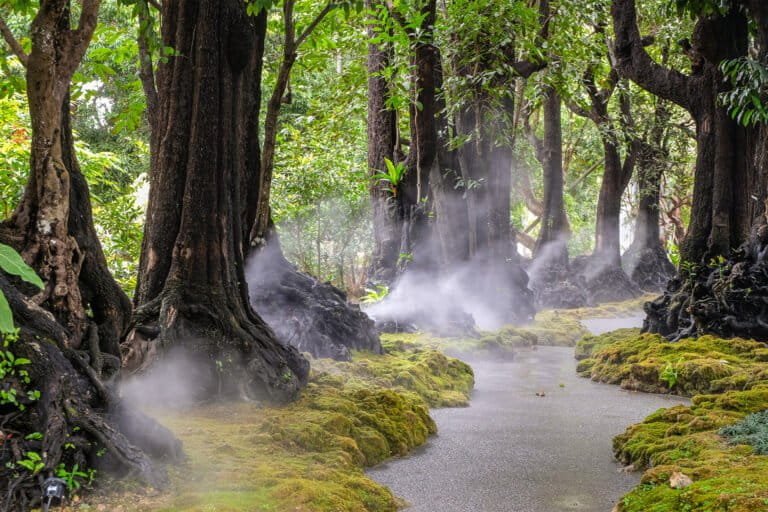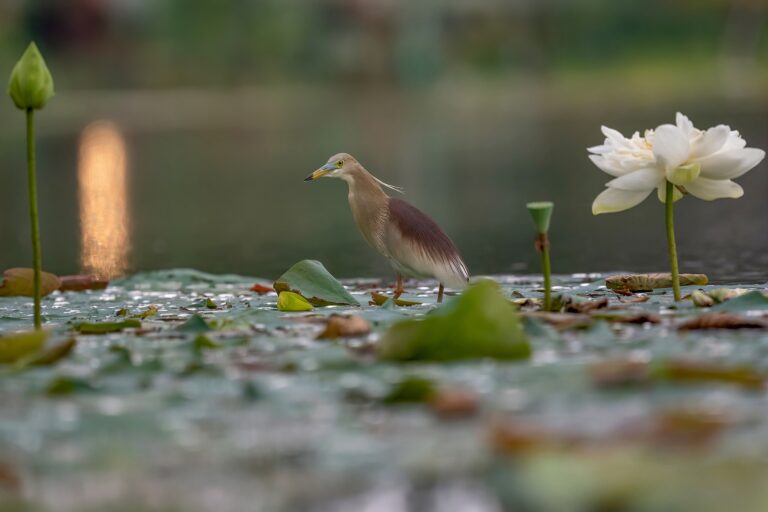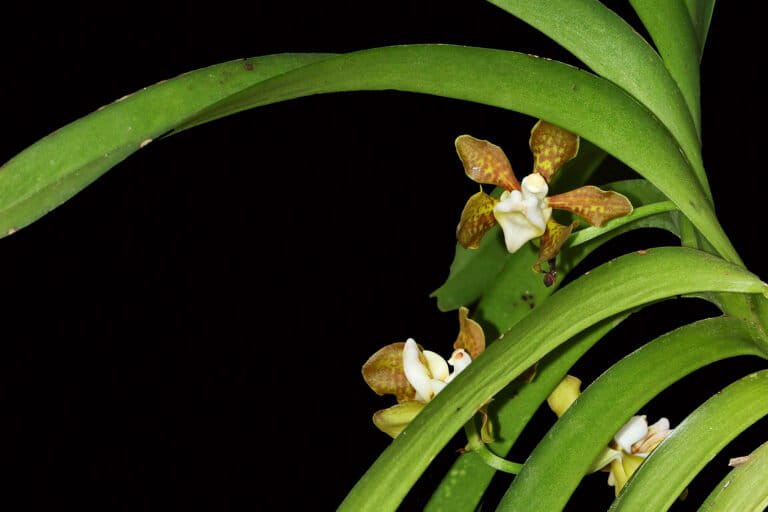- Landscape designer Bunrak Thanacharoenrot, inspired by his agricultural roots, spent 25 years curating and transplanting rare and unusual Thai trees to create Changthong Heritage Park near Chiang Mai.
- Opened in November 2024, the park showcases centuries-old trees, rare species, and unique genetic mutations, blending conservation with immersive visitor experiences.
- The park emphasizes both biological and aesthetic value, rescuing threatened species and saving significant trees from destruction, while promoting harmony between humans and natural ecosystems.
CHIANG MAI, Thailand — During the second half of the 20th century, Thailand’s forest cover plummeted from around 50% to 25% due to urbanization and rapid economic development. Although legislation such as the Community Forest Act of 2019 has helped to slow the rate of deforestation by empowering those who live in the forest, the demands of economic growth continue to take priority over protecting the country’s environment, pushing several plant and animal species toward extinction.
Yet, many Thais are nature lovers and fight to preserve what tour brochures frequently describe as a “tropical paradise.” One such person is Bunrak Thanacharoenrot, who recently fulfilled a lifelong dream of creating a heritage park that displays a large number of rare and unusual Thai trees.
Thanacharoenrot was raised in a family with a longstanding agricultural background in the southern region of Thailand, and as he says, “A lifestyle closely connected with nature and working intimately with the land has profoundly shaped my understanding of the value of natural resources, particularly trees and the environment.”
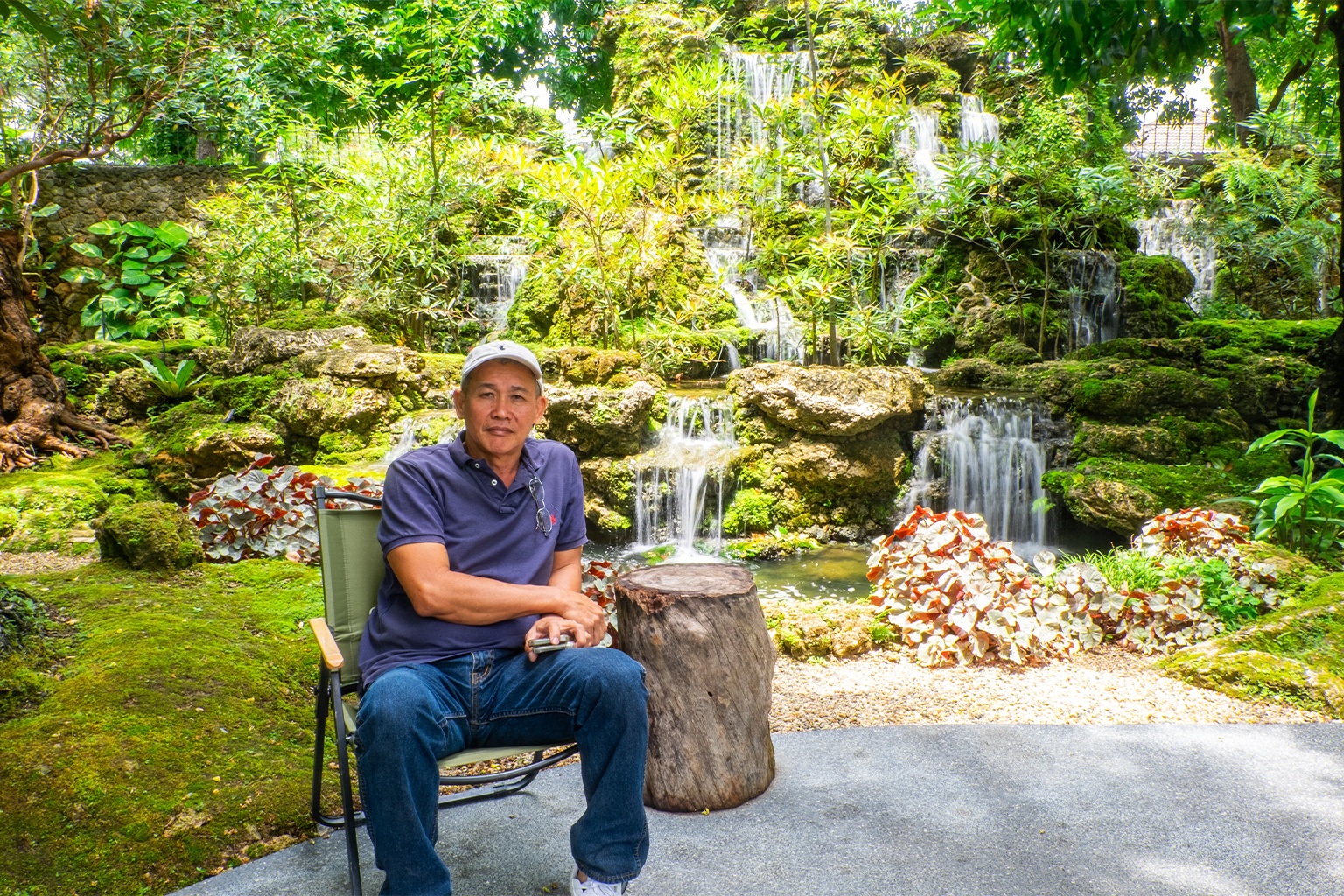
This background inspired him to pursue a career in landscape design, which has included the procurement of plant species for the landscaping of Disneyland Hong Kong in 2001-2003 and collaborating with landscape consulting firms on the Sentosa development in Singapore.
Thanacharoenrot’s idea of curating a collection of rare and unusual Thai plants took root about 25 years ago, when he began the long-term process of identifying, collecting and preserving target species. The project began in earnest about 12 years ago — finding an appropriate location for the park, deciding which trees to plant, transporting them, and preparing the soil. The resulting Changthong Heritage Park, located about 8 kilometers (5 miles) north of the city of Chiang Mai in northern Thailand, finally opened to the public in November 2024.
As Thanacharoenrot explains, “My vision was to create a distinctive landscape that showcases unusual and uniquely shaped local plant species, many of which are currently exceptionally scarce. We have made it a priority to discover the origins of rare and exceptional plants from all over Thailand.”
The park’s aim is printed on the entrance ticket: “Our mission is to conserve valuable plant species while fostering awareness of conservation through experiential learning.”
The result of Thanacharoenrot’s efforts is a park that resembles the setting for a medieval fantasy movie, with ancient-looking, gnarled tree trunks, dangling epiphytes, moss-rimmed, tinkling waterfalls and misty pathways.
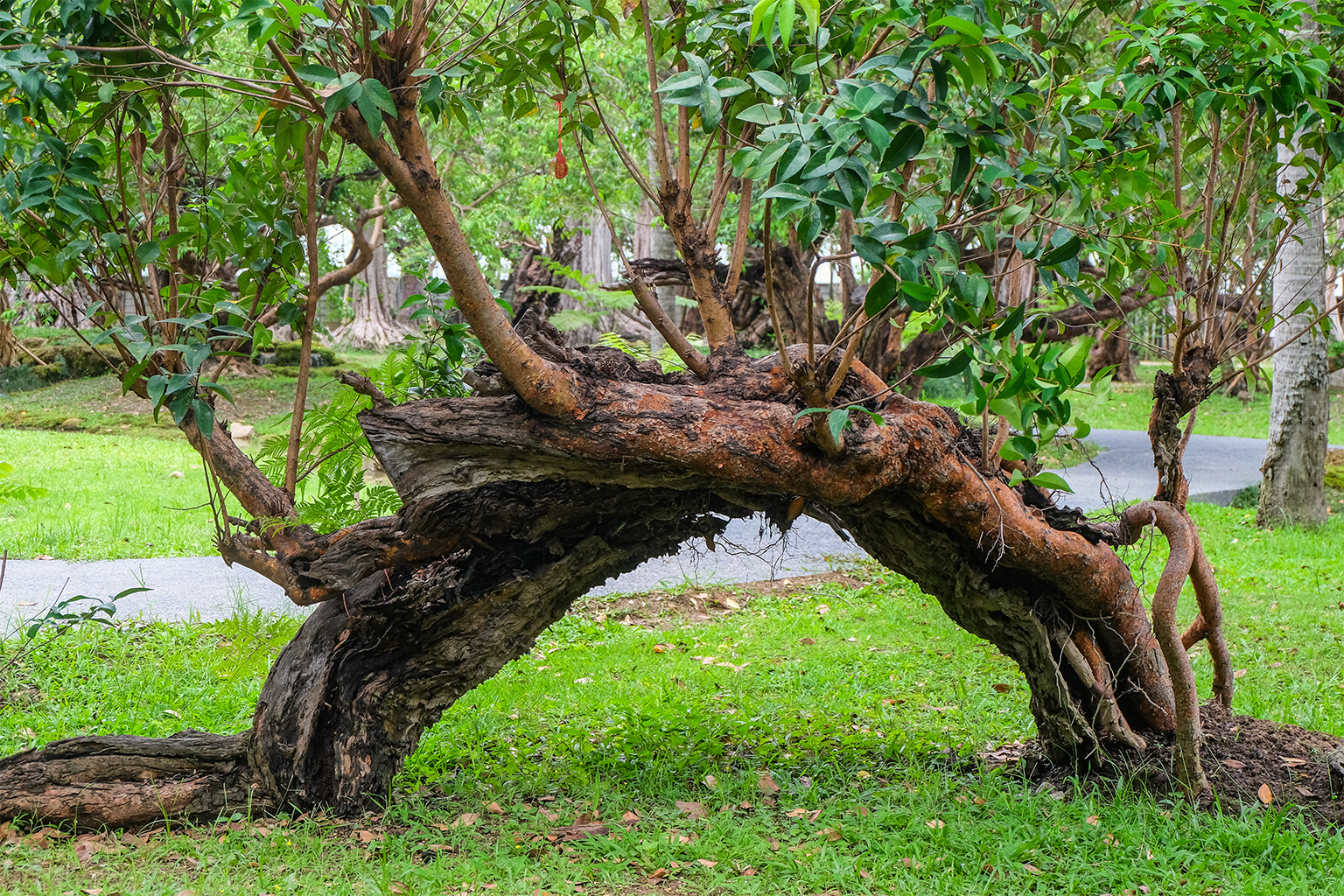
The 12-hectare (30-acre) park is laid out in a long, rectangular plot, where visitors follow a winding path that reveals a constant string of surprises at nature’s wondrous forms. Similar species are grouped together in separate plots with names like the Woodland Retreat, the Red Trunk Tunnel, and Gathering Green.
Along the way, visitors pass the Blackwood Tunnel, where contorted roots are shrouded in mist; the Forest Heart Cascade, with clear water splashing down between ferns and moss-covered rocks; the Tree Trunk Trail, where the trunks grow in every direction; and the Cycad Grove, where palm-like leaves fan out around striking cones.
“These plants are natural works of living art,” Thanacharoenrot says. “Some, according to their previous owners, are believed to be over 400 to 500 years old, having stood since the time of our ancestors. Despite their age, they continue to stand tall and majestic.”
The trees are labeled in Thai and English, but apart from these labels, the discreet walkway and soft, ambient music, it is easy for visitors to imagine that they have stepped through a time warp to experience Thai nature as it was centuries ago. The sound of chirping birds, the sight of squirrels and lizards scuttling along branches, as well as the sweet scent of flowering orchids, begonias and impatiens reinforces the park’s role as a thriving ecosystem.
The centerpiece of the park is a small lake bordered by bizarre coconut palms growing in the oddest way, like miscreants of nature caught in the act while performing a frantic dance. Some have trunks that spiral upward, while others split into multiple branches from the same stem. At the southern end of the lake, canvas chairs offer a choice spot from which to admire the view of these quirky palms, and a stall here sells fresh coconuts and ice cream.
When selecting trees for the park, Thanacharoenrot considered both their biological value and their aesthetic appeal. Several species, such as Hopea odorata, white meranti (Shorea roxburghii) and Dipterocarpus alatus, are listed as vulnerable on the IUCN Red List, which periodically assesses the status of plants and animals.
Other trees, such as the spiral and multibranched coconuts, which are genetic mutations, and the Thai wild almond (Irvingia malayana), with their striking buttress roots that resemble a stupa, are included for their unusual appearance. The coconuts came from all regions of the country, particularly the southern part, while the Thai wild almonds originate primarily from the country’s lower northeastern region, notably Ubon Ratchathani, Sisaket and Surin provinces.
Excavating, transporting and replanting such ancient trees requires great care to avoid damaging the roots or trunks of the trees. Skilled workers dig carefully around the roots, which are then wrapped in burlap. The trunk is supported by braces during the tree’s relocation. It turns out that this project represents one of the largest and most significant transplantations of trees ever undertaken in Thailand.
While some of the trees were purchased from agricultural areas belonging to farmers, others were donated or saved from being cut down. Thanacharoenrot gives an example of a large bodhi tree (Ficus religiosa) of great religious significance to Buddhists that needed to be removed from the site of the new immigration office near Chiang Mai’s main airport. With his expertise in transporting trees, he was able to excavate and relocate the tree to a temple in Lamphun province, which had been restored and reconstructed, without causing any damage.
“Humans can care for and modify nature to a certain extent, but nature follows its own course,” Thanacharoenrot says. “The key is understanding the natural ecosystem and coexisting with it in balance, rather than trying to control or alter everything. Our landscape design focuses on creating a harmonious arrangement, allowing the ecosystem to evolve naturally for long-term sustainability.”
Banner image: The misty Blackwood Tunnel. Image by Ron Emmons.


